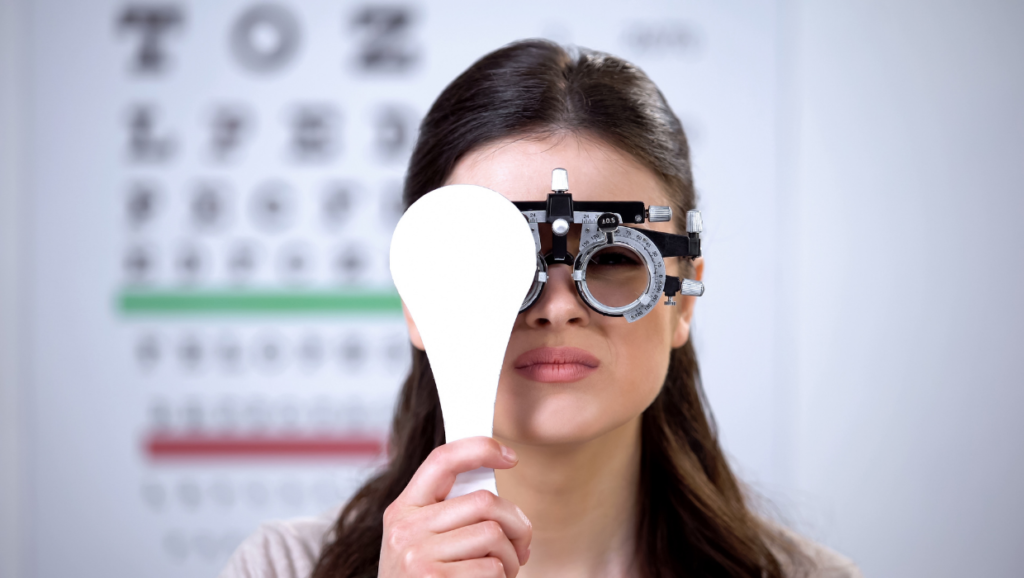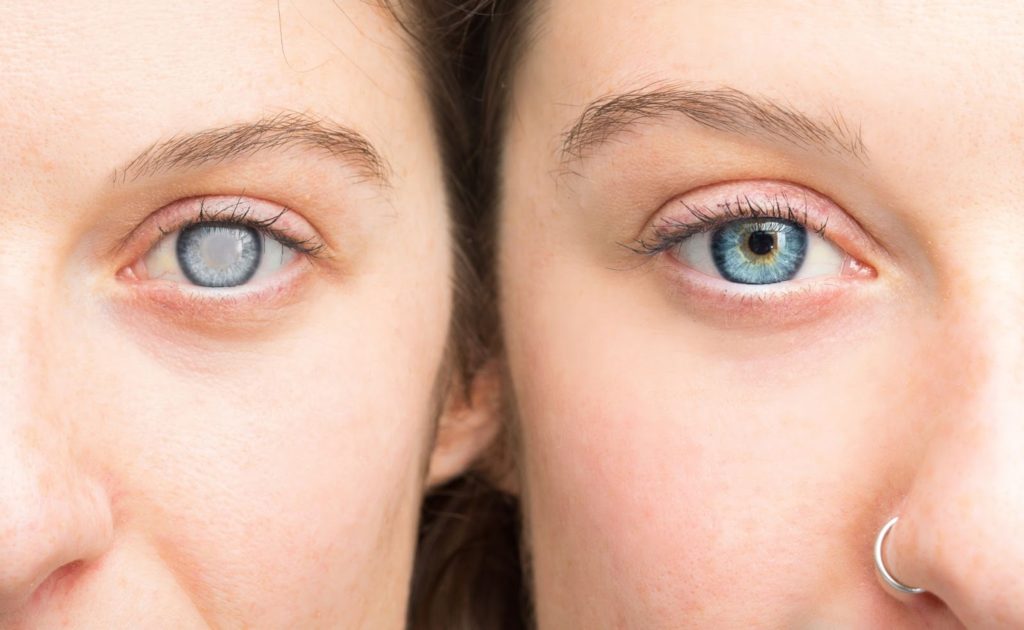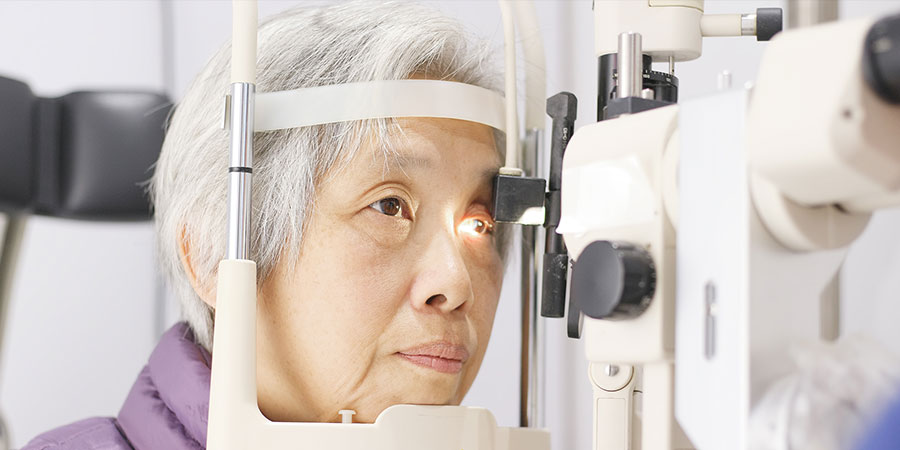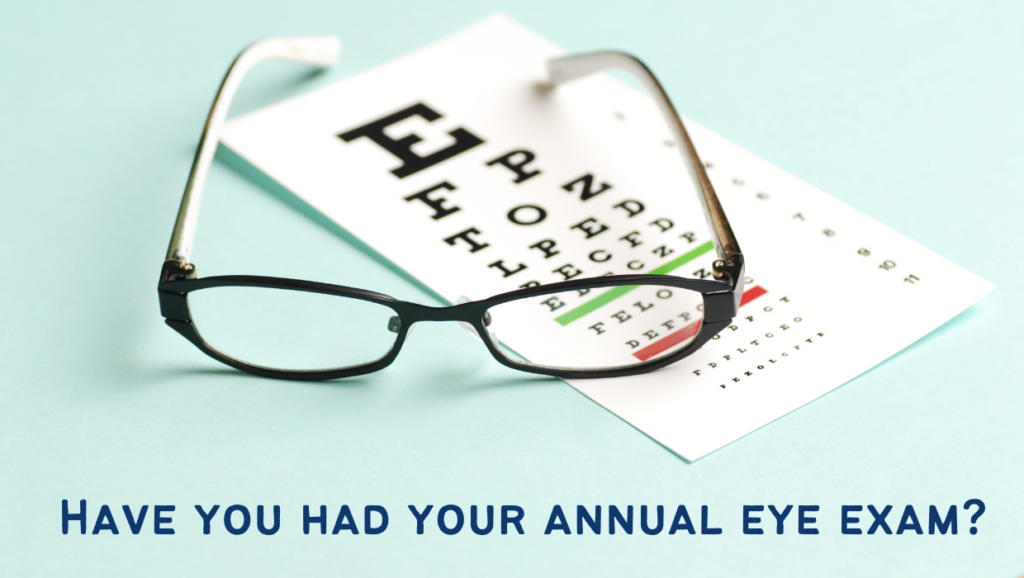A cataract is a condition in which a cloudy window or covering is formed in front of the lens of the eye, which causes a hindrance in the ability to see for a person with diabetes. Although cataracts can be developed as an eye condition even for people without diabetes, this may still be one of the most prominent side effects of high blood sugar levels.
4 Ways Diabetes Can Affect Your Eyes
Diabetes in itself has a lot of symptoms and side effects that can impact other parts of the body as well. It is caused when a person’s body is unable to process food properly. This deviates the normal insulin secretion in the body and causes the blood sugar level in the body to either increase or decrease than the normal levels. Having more than the average blood sugar levels can harm other body parts due to internal damage of blood vessels and nerves.

The strain on the blood vessels and nerves can affect a person’s eyes. If the blood sugar level of a person is more than usual, it can cause various eye conditions leading to severe outcomes, including blindness. So, if you have diabetes, taking proper precautions to keep your eyes safe should be your top priority.
Here is all you need to know about the effect of diabetes on your eyes.
Eye Conditions Due to Diabetes
Blurry Vision
High blood sugar levels can cause the lens of your eyes to swell. This may change the diabetic’s vision, and they may start seeing things blurry. So, if you are a diabetes patient, this could be one of the primary reasons for not being able to see things clearly.
The normal blood sugar range should be between 70 to 130 milligrams per deciliter before breakfast on an empty stomach and around 180 milligrams per deciliter after a couple of hours of breakfast or any other meal of the day.
If you keep your sugar level within this range, then your blurry vision will get back to normal. However, this may take some time to restore.

Cataracts
The lens of our eyes allows us to see things clearly and focus on something. But due to the cloudiness, the lens’s focus may not work as it should. Anyone can encounter cataracts, but people who have diabetes can face this issue at an early stage in their life, and it can get worse faster too.
Cataracts can be removed with surgery only. The lens which has become cloudy is changed, and a new, artificial lens is put in place of the cloudy one.

Glaucoma
Like other parts of our body, fluids run in our eyes too. However, in the condition of glaucoma, these fluids do not drain from our eyes, and this causes pressure to build inside the eyes. The pressure can have a severe effect on the blood vessels and nerves and cause blurry vision, change in the ability to see, and blindness as well.
There are a lot of medications that are available to treat open-angle glaucoma, which is quite common in people who have diabetes. Again, glaucoma can be encountered by anyone, but people who have diabetes can have it at an early age and a worse version of the condition too. Once the treatment of glaucoma is given to the patient, the drainage of fluids from the eyes becomes normal, and the liquid, which is made in the eyes reduces as well. It is essential to see a doctor to get treatment for the condition because if the symptoms of the disease get worse, people with diabetes can have permanent vision loss too.
Other than open-angle glaucoma, people with diabetes can also encounter neovascular glaucoma, where the blood vessels running through the eyes of a person can grow on the iris and block the flow of the fluid in the eyes. This again increases the pressure in the eyes. One of the ways to treat this is to reverse the growth of blood vessels on the iris. This is done with the use of laser treatment or an injection treatment which releases pressure on the eyes.

Diabetic Retinopathy
Diabetic retinopathy, as the name suggests, has an effect on the retina in the eyes, which is the group of cells that forms the back of the eye. The retina is responsible to turn the images that our eyes capture into signals for our brain that the optic nerve circulates. Now, if there is any damage to the retina in the eyes due to high blood sugar levels, the person can go blind. Longer duration of high sugar levels in the blood can enhance the chances of getting blind due to retinopathy.

The Bottom Line
Diabetes is a serious health condition and must not be taken lightly. If you are diagnosed with diabetes, utmost precautions and care should be taken to ensure that the symptoms do not get worse and not have severe negative impacts on other parts of the body, especially the eyes. A check-up on a regular basis is vital to ensure that these problems can be treated well in time to save your vision.

One of the essential things that can keep eye problems at bay during diabetes is controlling blood sugar levels. Now you can get proper consultation from a professional doctor right at the comfort of your home with Diahome. Just download the Diahome application on your smartphone and get online diabetes consultation for yourself or a suffering family member. Along with that, you can also get a proper medicine prescription to control the symptoms. The app also allows you to make an appointment for a blood sugar test where the blood sample is collected from your home, and a report is sent to you without having to leave your house at all.
Authors:
Mrs.Sripriya Ravi, M.Sc, Senior Dietitian
Mrs. Indumathi, B.Sc., Post Graduation, Dietitian